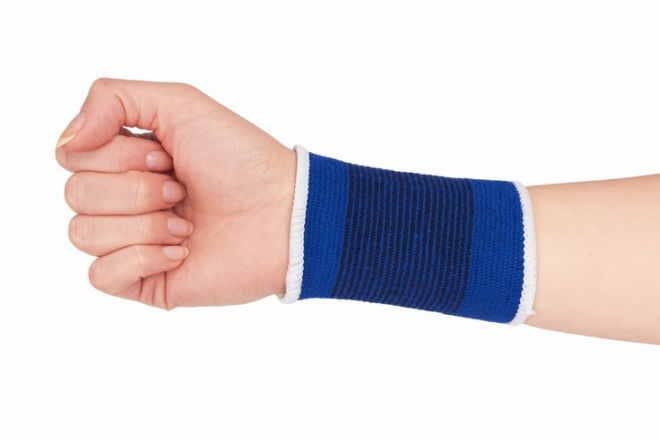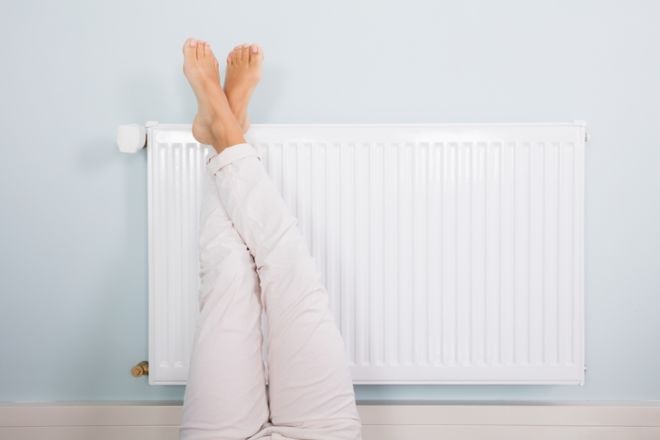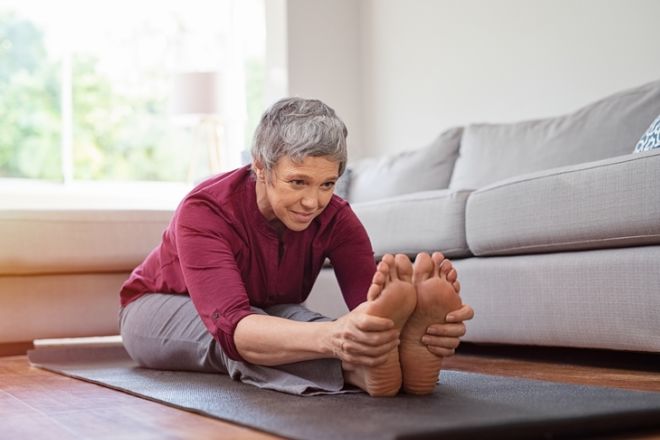8. Age-related macular degeneration (AMD).
AMD is the leading cause of blindness and poor eyesight for people over 50, so it is important to conduct regular checks for this condition.THE TEST: To test yourself for AMD, look at a door or window frame from across the room one eye at a time for 30 seconds. If you see a slight bend in the straight frame of the door or window, it may be because of AMD.
9. Dementia

THE TEST: If dementia is a possible concern, consider this test. Draw a clock on a piece of paper, write on all the numbers on the clock and make it show 3:40.
If you drew the clock in a closed circle, you receive 1 point. If you placed the numbers correctly, you receive another point. If you have all twelve numbers on your picture, you receive one more point. Lastly, if the hands show the correct time, you receive the 4th point. For those of your who scored 3 or less, it is a good idea to get screened for dementia.
10. Check your moles
Melanoma is the leading cause of deaths related to skin cancer, so it is important to check your moles regularly.
THE TEST: These are the things you need to keep in mind when monitoring the moles on your body (remember the anagram ABCDE):
1. Asymmetry (dangerous moles are often not the same on both sides).
2. Border (melanomas always have irregular rough edges)
3. Color (if your mole is changing colors, it’s important to get it checked by a doctor).
4. Diameter (a malignant mole is usually larger than 6mm, about the size of a pencil eraser)
5. Evolving (is it growing? If so, it might be a bad tumor).
11. Brain Health

Your sense of balance is an indicator of how healthy your brains are, as proven by a recent Japanese study.
THE TEST: To test your sense of balance, just measure how long you can stand on 1 leg without wobbling. If you start to wobble after just 20 seconds, you could have brain problems such as stroke and dementia in the future.
12. Carpal tunnel syndrome (CTS).
Carpal tunnel syndrome is a very painful condition that affects people who engage in excessive small motoric movements, particularly office workers, artists, and factory workers. It occurs when the nerve that goes from your wrist to your hand gets compressed, which causes excruciating pain.

THE TEST: To check if you are at risk of CTS, lift your hands up with your palms across from your face. Try to reach the mid part of your palm with your fingers as shown in the picture above. People with no risk of CTS should be able to hold this position for 1-2 minutes. If any tingling or pain occurs while you’re doing the test, it’s safest to get your wrists checked by a professional.
13. Problems with the arteries.
THE TEST: Lie down on the floor and place your feet against the wall at about a 45-degree angle and wait for several minutes. Tip: you can use pillows to prop up your legs if it’s difficult to keep them up.
If one or both of your feet rapidly changed color and became much paler, it could indicate a problem with the blood circulation in your extremities. In particular, it could be a sign of peripheral artery disease (PAD), which is dangerous if left untreated as it can lead to stroke and heart attack.

14. Artery health
Researchers at the University of Texas proved that being flexible means so much more than just having healthy muscles and joints. The discovered that people who are flexible have more flexible arteries, which makes blood flow more easily through the blood vessels.THE TEST: Try this test to determine how flexible you are. Sit down on the floor with your legs extended forward and try to reach your toes with your hands while keeping your lower back straight. If your hands are very far away from your toes, you should start stretching more, otherwise, you’ll be at higher risk of stroke and heart disease.

Finally, we’d like to remind you that the information we provide in this article is for educational purposes and is not enough to diagnose an illness. For an accurate diagnosis, we recommend to consult your healthcare provider.
DIYFitnessMedical TestsTreatment






